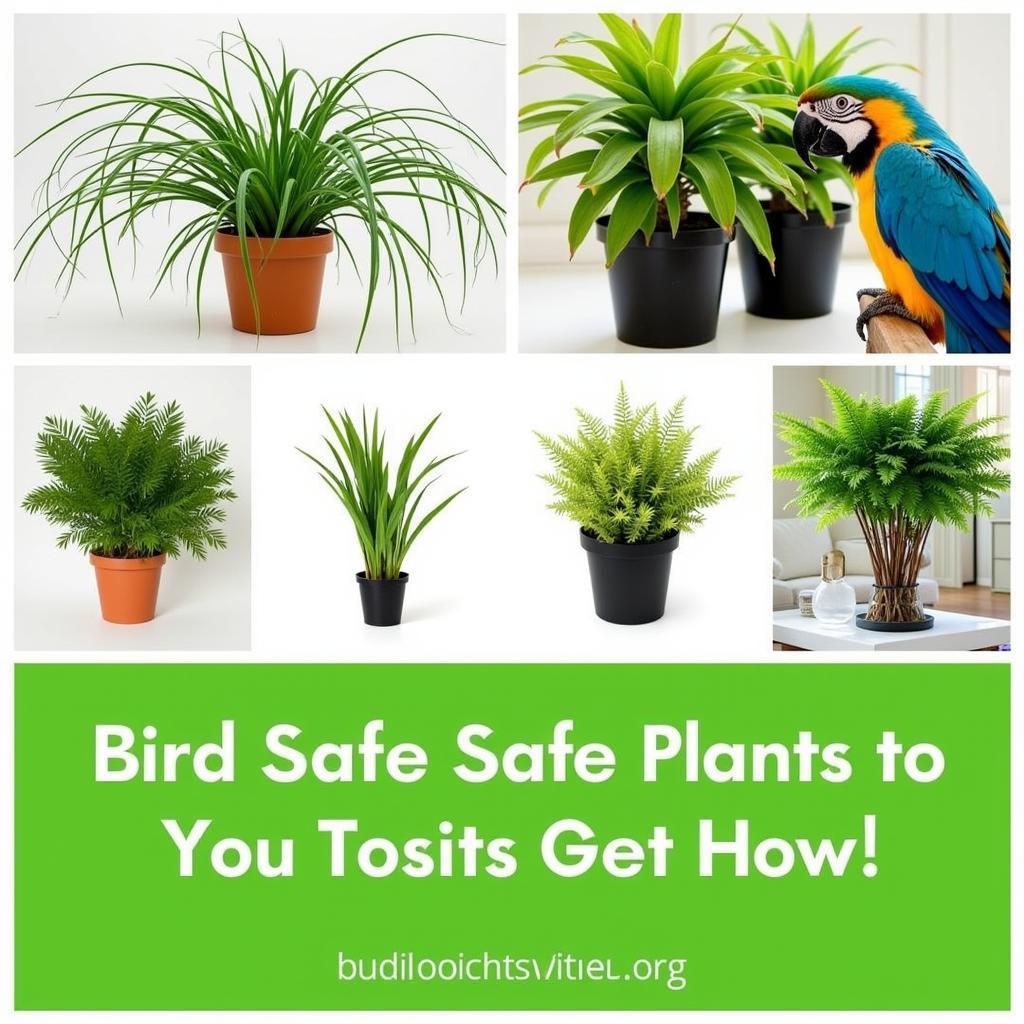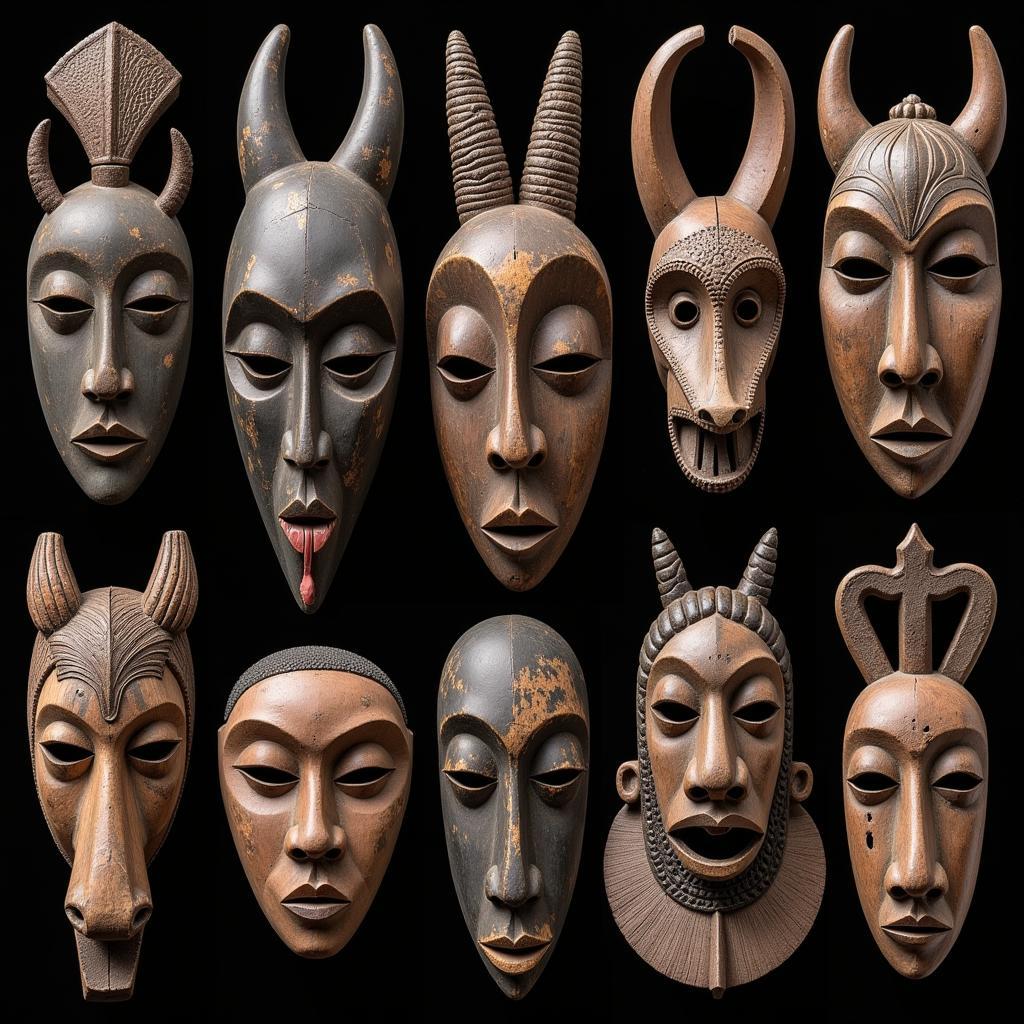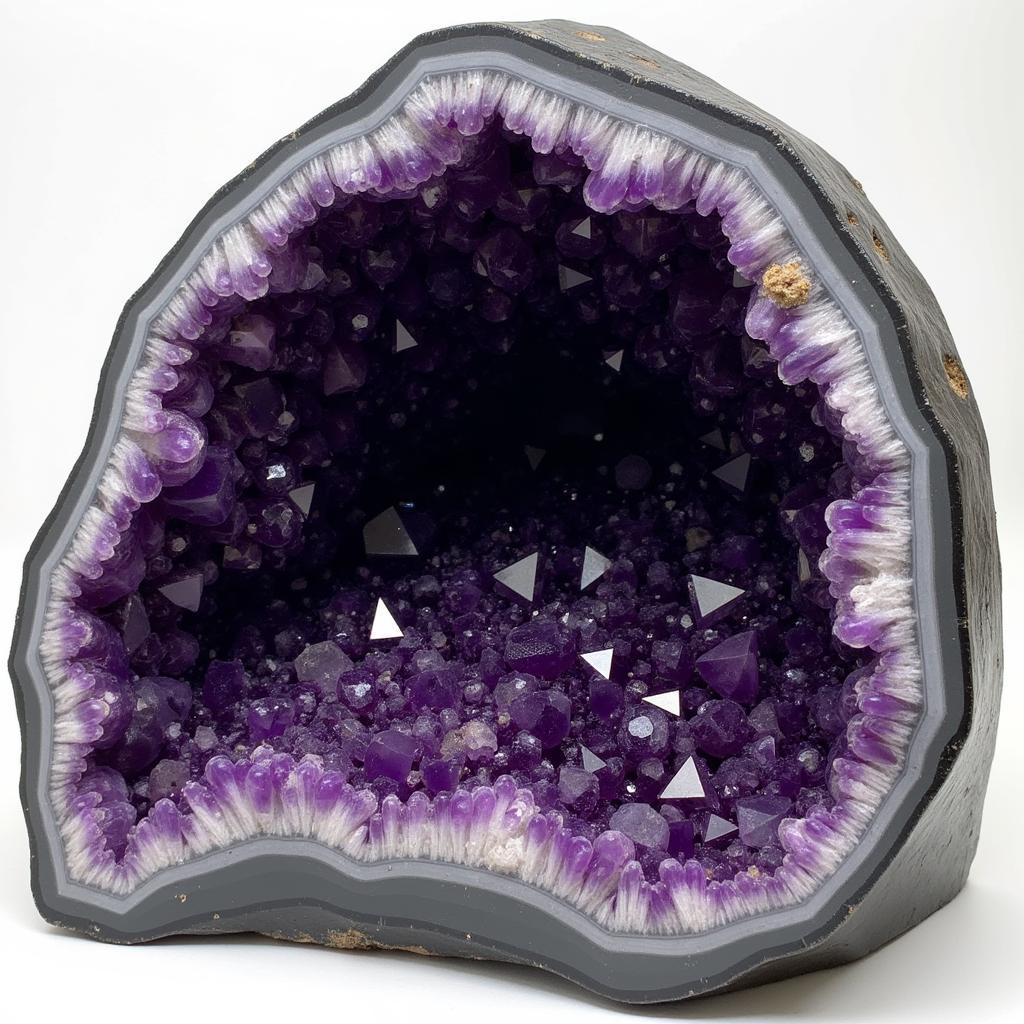Can African Greys Eat Zamia Leaves? A Comprehensive Guide
African grey parrots eating zamia leaves is a serious concern and requires immediate attention. Zamia plants, also known as cardboard palms or coonties, are highly toxic to these intelligent birds and can cause severe health problems, even death. Understanding the dangers and taking preventative measures is crucial for responsible African grey ownership.
The Dangers of Zamia for African Greys
Zamia plants contain cycasin, a potent neurotoxin that affects the liver and nervous system. Even small amounts of ingested zamia leaves can be harmful. Symptoms of zamia poisoning in African greys can include vomiting, diarrhea, lethargy, seizures, liver failure, and ultimately, death. The severity of the symptoms depends on the amount of the plant ingested and how quickly treatment is administered.
While African greys are known for their intelligence, they can be curious and prone to exploring their environment, which may lead them to nibble on houseplants, including zamia. This inquisitive nature makes it essential for owners to be vigilant and remove any potential hazards.
Identifying Zamia Plants
Zamia plants are characterized by their stiff, palm-like fronds that grow from a central stem. They are popular ornamental plants due to their hardiness and low maintenance requirements. However, this very hardiness can make them a persistent threat in a home with an African grey. Being able to quickly identify this plant is critical for any parrot owner.
The leaves are particularly dangerous, as they contain the highest concentration of cycasin. Even dried or wilted zamia leaves retain their toxicity, so regular cleaning around the plant is crucial to prevent your bird from picking up fallen leaves.
Creating a Safe Environment for Your African Grey
The best way to prevent zamia poisoning is to remove the plant entirely from your home or any area accessible to your bird. If you absolutely must keep zamia plants, they should be placed in a separate room or enclosed area that your African grey cannot access. Remember, even indirect contact with fallen leaves or contaminated soil can be dangerous.
What are safe alternatives to Zamia?
Several safe and enriching plant options can brighten your home without posing a risk to your feathered friend. Consider bird-safe options like spider plants, bamboo, or Boston ferns. These plants not only add a touch of green to your space but also provide visual stimulation for your African grey.
 Bird-Safe Plants for Parrots
Bird-Safe Plants for Parrots
What to Do If Your African Grey Ingests Zamia
If you suspect your African grey has ingested any part of a zamia plant, immediate veterinary care is crucial. Contact your avian veterinarian or an emergency animal hospital immediately. Time is of the essence in these cases, as early intervention can significantly improve the chances of recovery. Do not attempt to induce vomiting or administer any home remedies without consulting a veterinarian.
“Early intervention is key in cases of zamia poisoning,” says Dr. Anya Sharma, DVM, specializing in avian care. “The sooner treatment is administered, the better the prognosis for the bird.”
“Zamia poisoning is entirely preventable,” adds Dr. Ben Carter, an experienced avian veterinarian. “Educating yourself about toxic plants and creating a safe environment is the responsibility of every bird owner.”
Conclusion
Keeping your African grey safe from zamia poisoning requires proactive measures. By understanding the dangers of this plant, identifying it correctly, and taking steps to remove it from your bird’s environment, you can ensure a long, healthy, and happy life for your feathered companion. Remember, prevention is always better than cure when it comes to the well-being of your African grey, so be vigilant and prioritize their safety. If you are unsure about the safety of any plant in your home, err on the side of caution and remove it.
FAQ
- What are the symptoms of zamia poisoning in African greys? Symptoms can include vomiting, diarrhea, lethargy, seizures, and liver failure.
- Are all parts of the zamia plant toxic? Yes, all parts of the zamia plant, especially the leaves, are toxic to African greys.
- What should I do if my African grey eats a zamia leaf? Immediately contact your avian veterinarian or an emergency animal hospital.
- Are there any safe alternatives to zamia plants? Yes, spider plants, bamboo, and Boston ferns are safe for African greys.
- How can I prevent my African grey from eating zamia? Remove the plant entirely from your home or any area accessible to your bird.
- Can dried zamia leaves still be harmful? Yes, even dried or wilted zamia leaves retain their toxicity.
- Where can I find more information about toxic plants for birds? Consult your avian veterinarian or reputable online resources specializing in bird care.
For support contact Phone Number: +255768904061, Email: kaka.mag@gmail.com Or visit: Mbarali DC Mawindi, Kangaga, Tanzania. We have a 24/7 customer service team.



